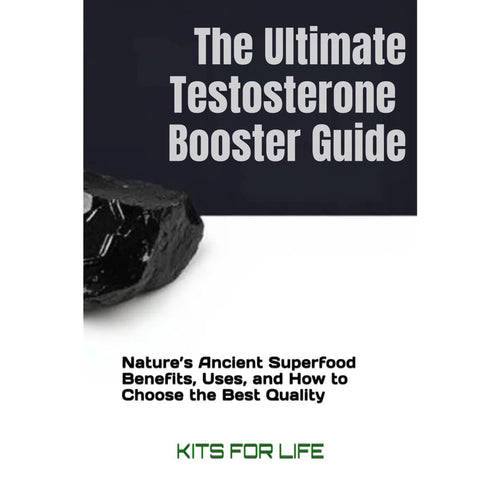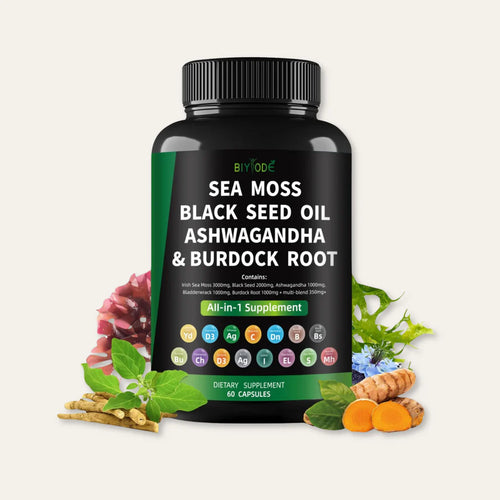Shilajit, a sticky, tar-like substance found primarily in the rocks of the Himalayas, has gained immense popularity in recent years due to its numerous health benefits. Known for boosting energy, enhancing male vitality, improving brain function, and supporting overall wellness, Shilajit is in high demand across the globe—including Pakistan. However, many consumers wonder why Shilajit is priced higher than many other supplements in the Pakistani market. In this article, we’ll explore the main reasons behind the price of Shilajit in Pakistan and the factors that influence its market value.
1. Natural Sourcing from High-Altitude Regions
One of the primary reasons behind the high price of Shilajit in Pakistan is the difficulty of sourcing. Shilajit is found in high-altitude mountainous regions such as the Himalayas, Gilgit-Baltistan, Skardu, and parts of northern Khyber Pakhtunkhwa. The collection process is physically demanding and requires skilled labor to extract the resin from rock crevices.
Due to its remote sourcing locations, logistics and transportation are complicated and expensive. Collectors must hike to altitudes above 10,000 feet, often in hazardous conditions, to harvest Shilajit. These labor-intensive efforts drive up the base cost of the product even before it reaches the processing stage.

2. Seasonal Availability
Shilajit is not harvested year-round. It becomes available only in warmer months, typically from late spring to early autumn. During winter, the substance hardens and becomes inaccessible due to snow and extreme weather. This seasonal limitation restricts the supply, contributing to its high price in the market. Limited availability during the year creates a supply-demand imbalance, increasing its value.
3. Lengthy Purification Process
Raw Shilajit is not fit for human consumption directly after collection. It contains impurities such as soil, sand, and plant materials. A thorough purification process is required to remove contaminants and isolate the bio active compounds. This process can involve several steps, such as:
Washing and filtration
Sun-drying
Boiling in spring water or herbal decorations
Multiple purification cycles
Each step adds to the production cost and requires expert handling. Some companies use traditional Ayurvedic or Unani methods, which are more time-consuming but ensure high-quality results. This meticulous purification raises the final price of Shilajit.
4. High Demand and Limited Supply
Due to increasing awareness of Shilajit’s health benefits, the demand has surged significantly not only in Pakistan but also in international markets like the Middle East, Europe, and North America. The limited natural supply and growing demand have resulted in higher prices. Exported quantities further reduce domestic availability, leading to an increase in local market prices.
5. Purity and Quality Differences
Not all Shilajit is created equal. High-quality Shilajit with a rich concentration of fulvic acid and trace minerals is more valuable. Authentic, potent Shilajit undergoes rigorous testing and certification, ensuring it is free from heavy metals and contaminants. The purer and effective the product, the more expensive it becomes.
Unfortunately, the market is also flooded with low-grade, adulterated, or synthetic Shilajit, which may be cheaper but lacks potency.
Note: Original Shilajit Price in Pakistan undergoes a purification process to remove harmful contaminants like heavy metals.
6. Branding and Packaging
Branded Shilajit products that come with modern packaging, proper labeling, usage instructions, and QR-coded authenticity checks are priced higher. Consumers today look for convenience, safety, and trust when buying health supplements. Moreover, some companies offer value-added formats like Shilajit capsules, powders, or gummies, which involve additional processing and packaging, thereby raising the price even more.
7. Marketing and Distribution Costs
The price of Shilajit in Pakistan also includes marketing, advertising, and distribution costs. To reach a wide audience, companies spend significantly on online marketing, influencer, herbal stores, and e-commerce platforms. These costs are factored into the retail price.
Additionally, distribution to various regions across Pakistan—from metropolitan cities like Karachi and Lahore to remote towns—requires logistical planning and expense, especially for temperature-sensitive natural products.
8. Government Regulations and Import Duties
Some of the Shilajit available in the Pakistani market is imported from neighboring countries like India, Nepal, or Bhutan. Imported supplements often come with added costs such as customs duties, taxes, and regulatory compliance fees.
Even for local producers, there are quality control measures, certifications, and health authority registrations to comply with. .
9. Health Trends and Niche Market Appeal
With the rise of wellness culture, there’s a growing trend toward natural, holistic remedies in Pakistan. Products like Shilajit are considered premium supplements with long-term health benefits. As consumers become more health-conscious, they are willing to invest more in organic and natural products, further pushing up the demand and price.
Shilajit appeals to a niche market segment that values ancient remedies and natural boosters. This exclusivity also contributes to its pricing, as the product is positioned as a high-end herbal supplement.
10. Scams and Market Manipulation
Unfortunately, price fluctuations are also affected by unethical practices. Some suppliers artificially inflate prices by marketing inferior products as “rare Himalayan Shilajit.” This creates confusion in the market, where genuine products are often compared with counterfeits. Educated consumers who recognize the value of authenticity are more likely to pay a premium for verified Shilajit.
Doctor Recommendations
While Shilajit is traditionally used for various health benefits, it's essential to consult with a healthcare professional before starting any supplement. Some users have reported side effects or a lack of noticeable benefits. For instance, a Reedit user mentioned that Shilajit had no effect on energy levels and cautioned against its over-hyped claims.

Conclusion:
The price of Shilajit in Pakistan is influenced by a combination of natural, economic, and market-driven factors. Its challenging collection from remote high-altitude areas, seasonal availability, laborious purification process, and high demand all contribute to its elevated cost. Furthermore, branding, marketing, and regulatory compliance play a key role in determining the final retail price.
While consumers may find Shilajit expensive compared to synthetic supplements, the quality and natural origin justify its price—especially when purchased from reputable and transparent sources. As awareness and demand continue to grow, ensuring authenticity and value for money remains the top priority for both producers and buyers in Pakistan.
Shilajit can be a life-enhancing supplement for anyone seeking better health naturally.



